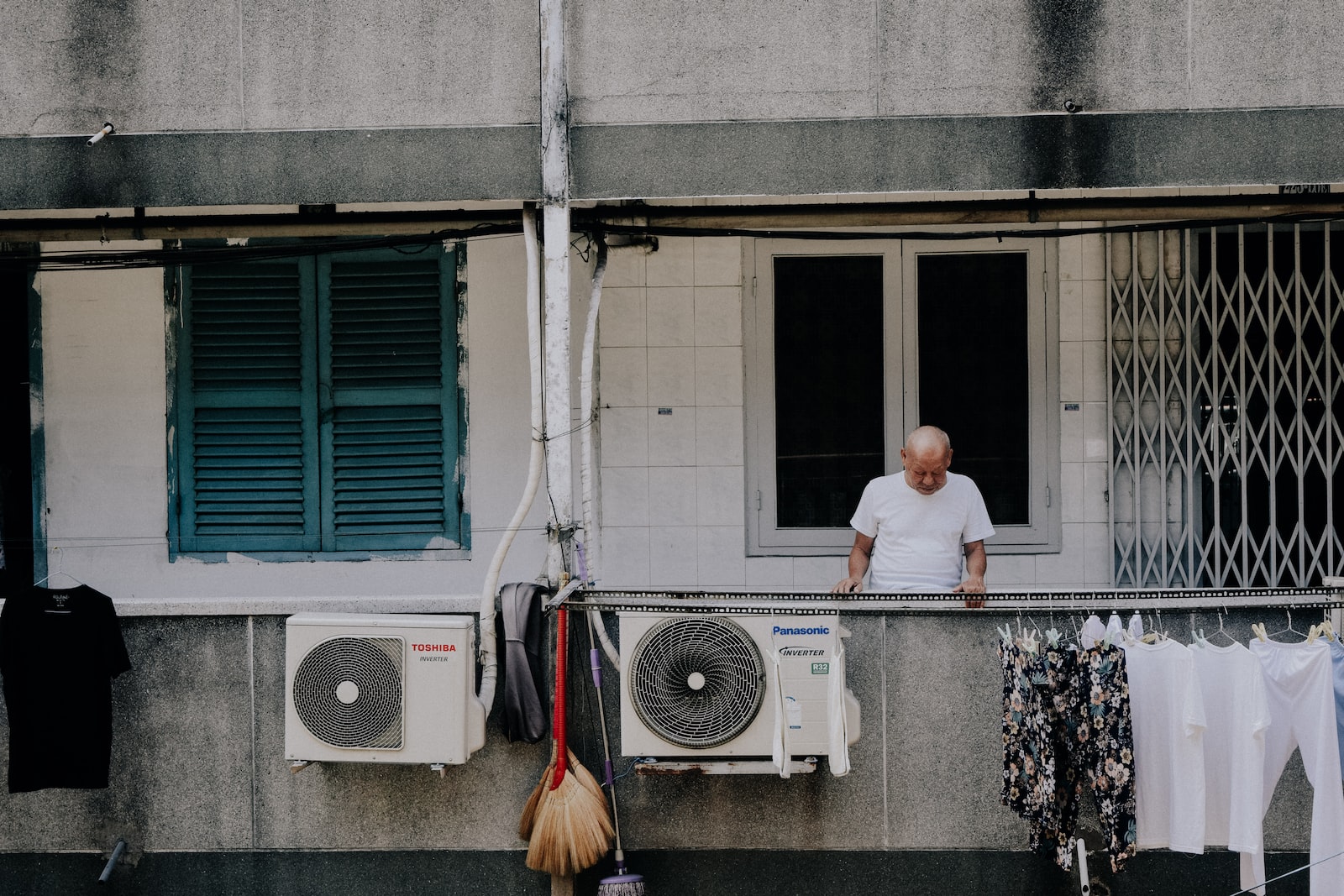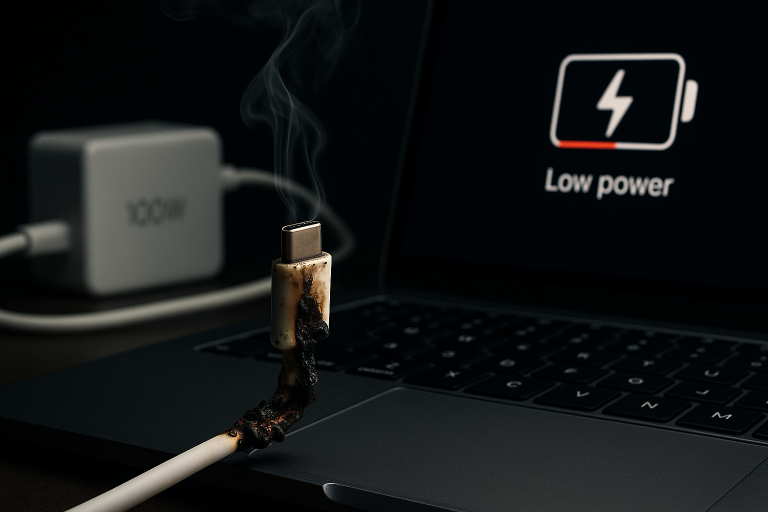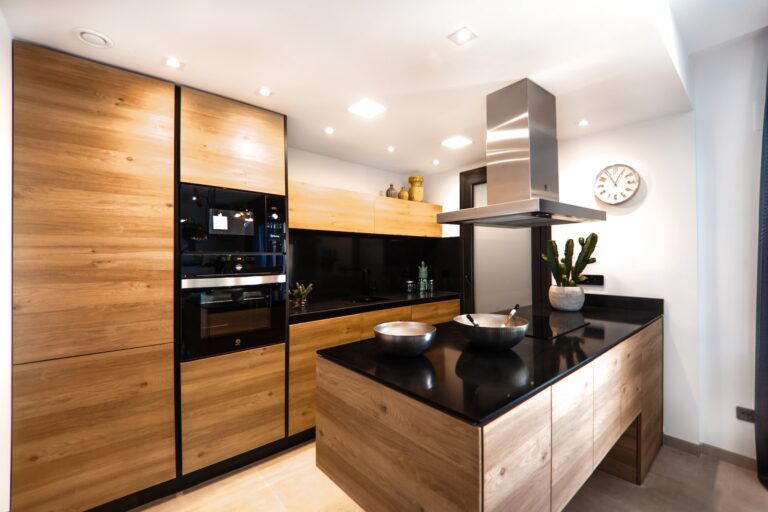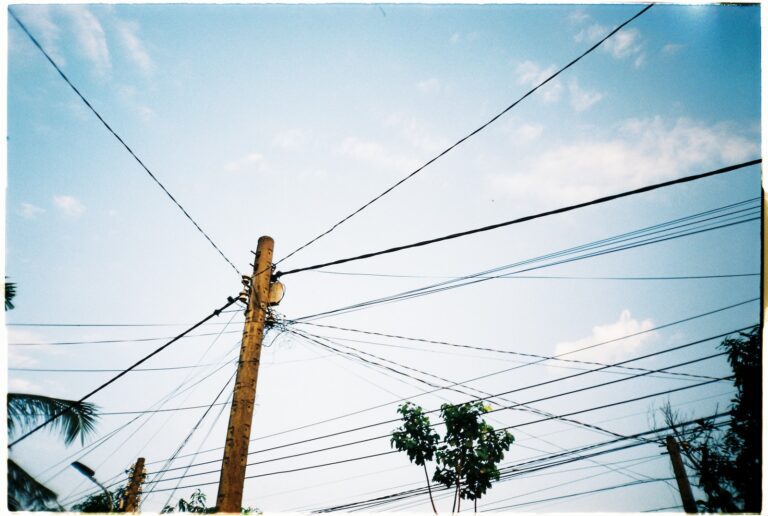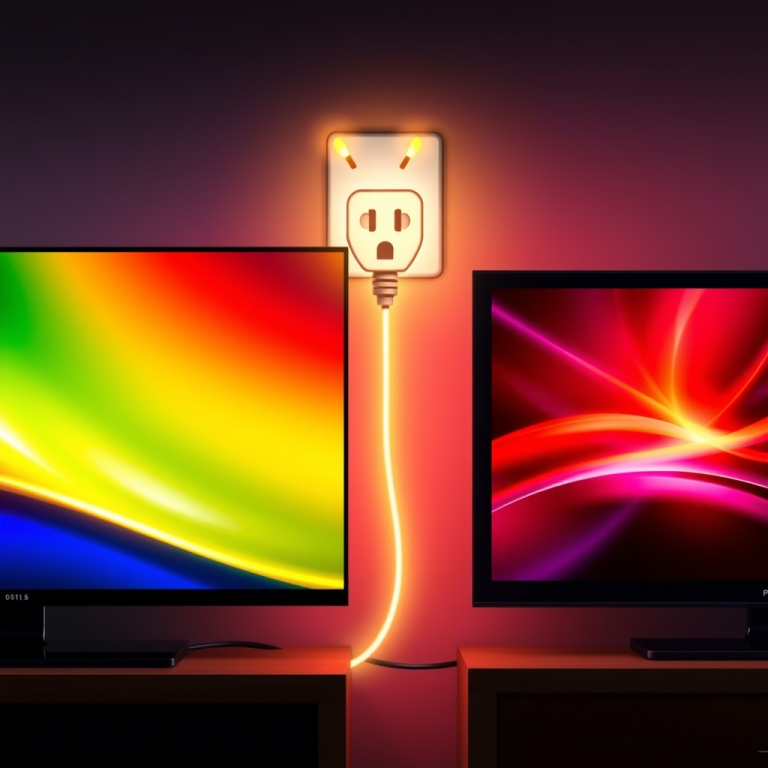How Much Should Your Electric Bill Be During Summer Months?
Summer is synonymous with long days, backyard barbecues, and sun-soaked vacations. But for many homeowners, it also brings a less welcome companion: a sharp rise in electric bills. As temperatures climb, air conditioning systems kick into overdrive, often becoming the single largest contributor to monthly energy consumption.
The question on every homeowner’s mind becomes: What should my electric bill be during the summer? And more importantly, how can I reduce it without sacrificing comfort?
This comprehensive guide explores everything you need to know about summer electricity usage — from understanding what drives your bill to actionable strategies that can slash your costs. Whether you’re battling heatwaves in Arizona or humidity in Florida, this guide empowers you to stay cool and in control of your budget.
Understanding What Drives Your Summer Electric Bill
There’s no one-size-fits-all answer to what constitutes a “normal” summer electric bill. It varies widely based on several key factors:
1. Home Size & Layout
Larger homes naturally require more cooling power. A 2,500-square-foot home will use significantly more energy than a 1,000-square-foot apartment. Multi-story houses and open-concept designs also tend to lose cool air more easily, increasing AC workload.
2. Climate & Geography
Where you live plays a major role in your energy needs:
- Hot, dry climates (e.g., Phoenix): Expect high AC usage due to extreme temperatures.
- Humid climates (e.g., Houston): Humidity makes the air feel hotter, forcing your AC to work harder to dehumidify and cool.
- Milder climates (e.g., Portland): Cooling demands are much lower, leading to smaller bills.
3. Home Efficiency
How well your home retains cool air has a huge impact:
- Insulation: Poor insulation allows cooled air to escape and hot air to enter.
- Windows: Double-pane windows with Low-E coatings block solar heat gain.
- Doors & Seals: Gaps around doors and windows let in warm air and reduce efficiency.
- Ductwork: Leaky ducts can waste up to 30% of cooled air, especially in attics and crawlspaces.
4. Household Habits
Your daily routine affects energy use:
- Thermostat settings: Lowering the temperature by just a few degrees can increase energy use significantly.
- Occupancy patterns: Homes occupied all day may run AC longer than those where people are away during peak hours.
- Appliance usage: Running ovens, dryers, and dishwashers during the hottest parts of the day adds internal heat and increases AC demand.
5. Electricity Rates
Energy prices vary greatly depending on your location and utility provider. Some areas charge tiered rates or time-of-use pricing, which can make afternoons more expensive.
What Should You Expect to Pay?
While there’s no universal standard, here’s a general breakdown of average summer electric bills across different types of households:
| Home Type | Estimated Monthly Summer Bill |
|---|---|
| Small apartment / Efficient small home (cooler climate) | $150 – $250 |
| Average single-family home (moderate climate) | $250 – $400 |
| Large home / Older home / Hot & humid climate | $400 – $700+ |
Keep in mind these are estimates. Your actual bill could be higher or lower depending on the factors mentioned above.
Practical Strategies to Reduce Your Summer Electric Bill
You don’t have to suffer through sweltering heat or break the bank to stay comfortable. With a few smart changes, you can dramatically reduce your energy consumption — and your bill.
1. Master Your Thermostat
Your thermostat is the command center of your cooling system. Use it wisely:
- Set Smart Temperatures: Every degree you raise your thermostat saves 3–5% on cooling costs. Try setting it to 78°F when you’re home, and even higher when you’re away.
- Use a Programmable or Smart Thermostat: These devices automatically adjust the temperature based on your schedule. Some models like the Nest or Ecobee learn your habits and optimize cooling for maximum savings.
- Avoid Overcooling: Cranking down the AC doesn’t cool your home faster; it just wastes energy. Let your system do its job gradually.
2. Maintain & Optimize Your AC System
A well-maintained AC unit runs more efficiently and lasts longer.
- Replace Air Filters Regularly: Dirty filters restrict airflow and strain the system. Replace them every 1–3 months during peak season.
- Schedule Annual Maintenance: Have a professional inspect and tune up your system in spring. They’ll check refrigerant levels, clean coils, and ensure everything is running smoothly.
- Upgrade to ENERGY STAR Equipment: If your AC is more than 10 years old, consider replacing it with an ENERGY STAR-certified model. Look for units with a SEER2 rating of 15 or higher for optimal efficiency.
3. Seal and Insulate
Preventing cool air from escaping is just as important as producing it.
- Weatherstrip Windows and Doors: Apply weatherstripping or caulk to seal gaps and prevent hot air from entering.
- Seal Duct Leaks: Use mastic sealant or metal tape to seal leaks in your ductwork, especially in unconditioned spaces like attics.
- Add Attic Insulation: The U.S. Department of Energy recommends at least R-38 insulation in most regions — roughly 10–14 inches of fiberglass or cellulose.
4. Shift Usage to Off-Peak Hours
Many utilities offer time-of-use (TOU) pricing, charging more during peak hours (usually late afternoon to early evening). Save money by shifting heavy appliance use to off-peak times:
- Run the dishwasher, washing machine, and dryer early in the morning or late at night.
- Cook meals using microwaves, slow cookers, or outdoor grills instead of your oven.
- Charge electric vehicles overnight when rates are typically lowest.
5. Use Fans Strategically
Fans don’t cool rooms — they cool people. But used correctly, they can enhance comfort while allowing you to raise your thermostat.
- Ceiling fans create a wind-chill effect, making you feel cooler without lowering the temperature.
- Whole-house fans pull in cool air at night and exhaust hot air from the attic, reducing reliance on AC.
- Window fans can help circulate fresh air and improve ventilation.
Remember: Turn fans off when you leave the room — they only help when someone is present to feel the breeze.
6. Block Solar Heat Gain
Sunlight streaming through windows is a major source of indoor heat.
- Close blinds, shades, or curtains on south- and west-facing windows during midday.
- Install reflective window film or exterior awnings to reduce heat gain.
- Plant shade trees or install trellises near windows to block direct sunlight.
7. Reduce Phantom Loads
“Vampire” electronics draw power even when turned off. Combat them with:
- Smart power strips that cut power to idle devices.
- Unplugging rarely used appliances like coffee makers, chargers, and game consoles.
- Using outlets with built-in timers or motion sensors.
8. Upgrade to Energy-Efficient Appliances
Old appliances are energy hogs. When it’s time to replace, look for ENERGY STAR-rated models:
- LED lighting uses up to 90% less energy than incandescent bulbs and produces less heat.
- ENERGY STAR refrigerators are up to 40% more efficient than older models.
- Heat pump water heaters are highly efficient alternatives to traditional electric water heaters.
Bonus Tips for Serious Savers
If you’re ready to go the extra mile, try these advanced energy-saving techniques:
- Grill Outdoors: Cooking outside keeps your kitchen cool and reduces AC load.
- Freeze Water Jugs: Place frozen bottles of water in front of fans to create a DIY cooling effect.
- Use Thermal Curtains: These specialized drapes insulate windows and reduce both heat gain and loss.
- Install a Whole-House Dehumidifier: In humid climates, removing moisture from the air helps you feel cooler at higher temperatures.
Monitoring and Tracking Your Usage
Most electric companies offer online tools or apps that allow you to track your daily energy usage. Take advantage of these resources:
- Identify spikes in usage and correlate them with specific activities.
- Set usage alerts to notify you if your consumption exceeds a certain threshold.
- Compare your current usage with previous summers to spot trends and measure the effectiveness of your energy-saving efforts.
Conclusion: Regaining Control of Your Summer Energy Costs
While summer heat can wreak havoc on your electric bill, it doesn’t have to wreck your budget. By understanding what influences your energy usage and implementing smart, cost-effective strategies, you can enjoy a comfortable home without breaking the bank.
Start with the easiest steps — adjusting your thermostat, sealing leaks, and unplugging unused electronics. Then, gradually incorporate more advanced measures like upgrading appliances or improving insulation. Every action you take contributes to meaningful savings over the course of the season.
Remember: small, consistent changes yield big results. With a little planning and effort, you can tame the summer energy surge and keep both your home and your finances cool all season long.

